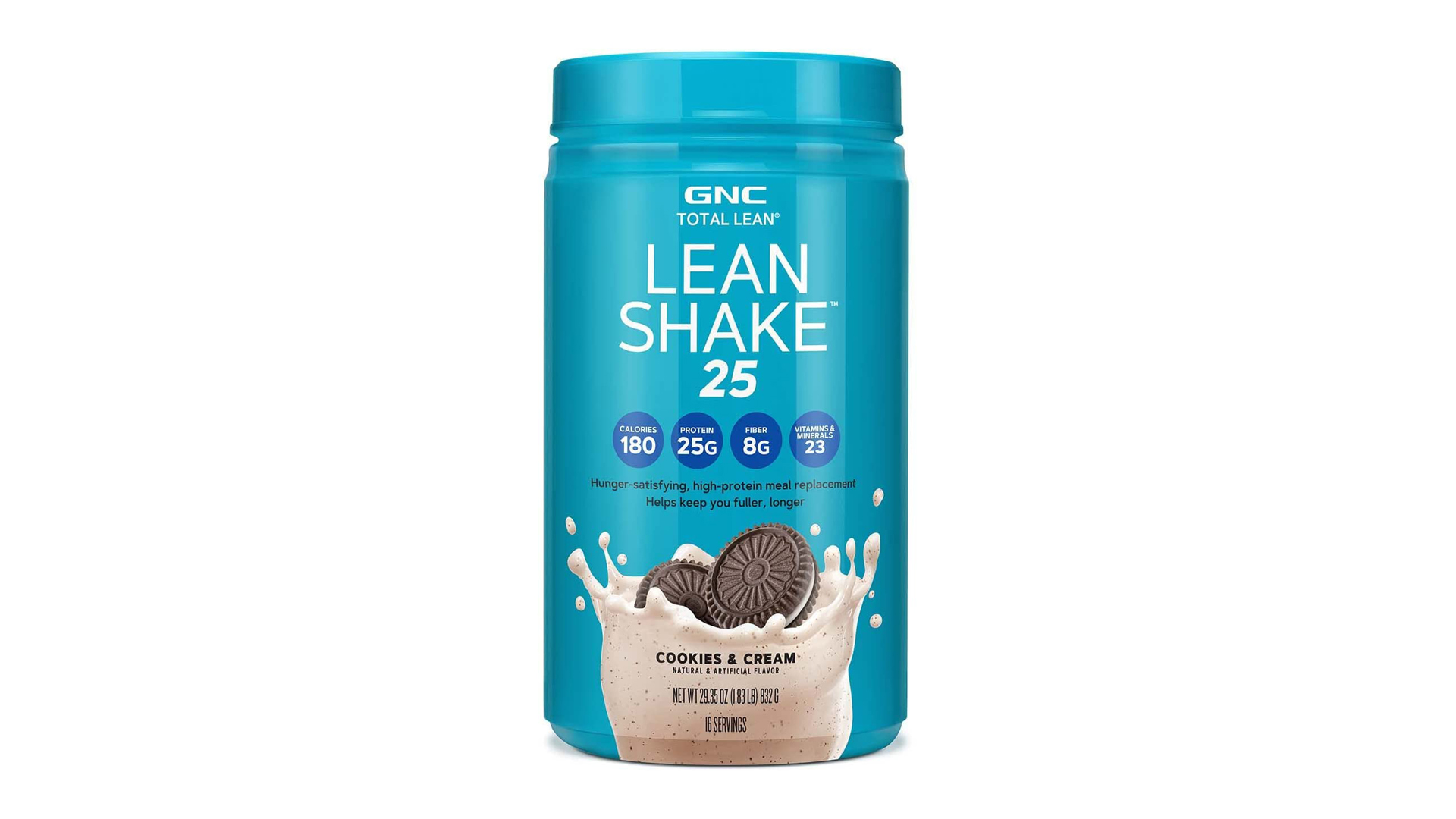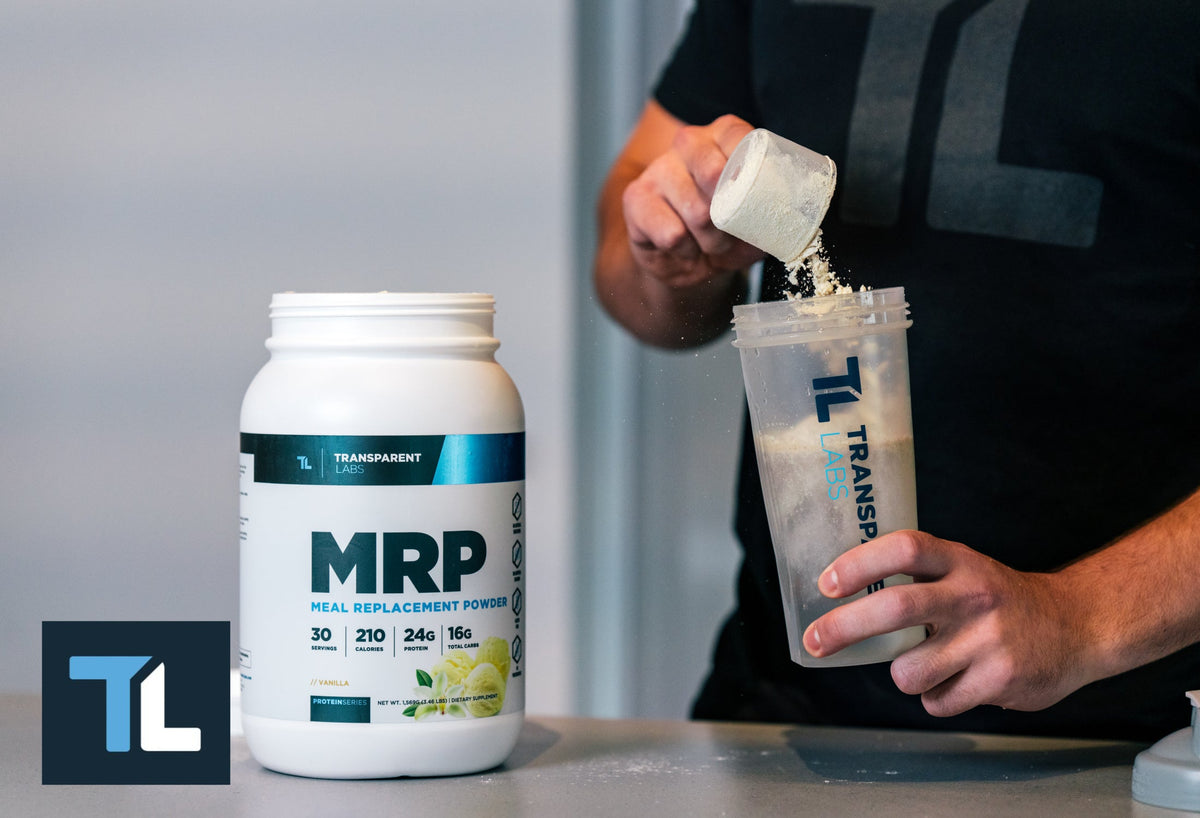Unlike protein powders, meal replacement shakes are meant to supply the nutrients of an entire meal.
Some are ready-to-drink in bottles or cans, while others come as powders to be blended with milk or water.
Most meal-replacement beverages deliver between 200–400 calories and provide a solid amount of protein, fiber and essential vitamins and minerals.
For that reason, meal replacement shakes offer a convenient way to have a nutritious, lower-calorie meal when you’re on the move.

That said, their ingredient lists and nutrient profiles can differ widely, with varying ratios of protein, carbohydrates and fat.
Below is a comprehensive look at whether these shakes can support weight loss.
They May Prevent Choosing Unhealthy Meal Options
Meal replacement shakes are portable and simple to use, which can make it easier to avoid turning to unhealthy processed meals.
In reality, one of the main hurdles to losing weight is the time required to prepare nutritious meals.
When you’re rushed or stressed, it’s far more tempting to pick up a processed convenience item or opt for fast food.
Sadly, typical processed options can greatly undermine weight loss efforts.
Many are loaded with sugar, refined carbohydrates and artificial additives, while lacking beneficial nutrients.
Moreover, processed items high in sugar, salt and fat trigger the brain’s reward pathways, which can also promote overeating.
By contrast, meals built from whole, nutrient-dense foods are best for weight loss, but they aren’t always feasible with a hectic lifestyle.
Meal replacement shakes are drinkable on-the-go and represent a much healthier substitute for fast-food choices.
Bottom Line:Meal replacement shakes are convenient and are generally a healthier choice than fast-food meals.
They Supply Nutrients That Restricted Diets Might Miss
Meal replacement shakes are formulated to provide the nutrients you would expect in a complete meal.
When you reduce calorie intake, it can be tough to obtain all the nutrients your body needs from food alone.
Shakes are often fortified, which can help plug nutrient gaps while you’re eating fewer calories.
The best meal replacement products include protein, fiber and key vitamins and minerals.
For instance, many commercial shakes supply nutrients such as calcium, potassium, iron and vitamin D—nutrients that many people don’t get enough of in their regular diets.
Bottom Line:Because meal replacement shakes provide the nutrients expected in a full meal, they can help you meet nutritional needs while lowering calories.
They May Accelerate Weight Loss
Lowering calorie intake is essential for losing weight.
However, maintaining a low-calorie regimen can be difficult, especially if you feel persistently hungry.
Meal replacement shakes can promote fullness while supplying fewer calories.
Several studies indicate that swapping one or two meals daily for a nutritious meal replacement shake may quicken weight loss.
One review discovered that participants on a partial meal replacement plan lost 5.6 more pounds (2.4 kg) in three months than those following a conventional reduced-calorie, food-based diet.
Interestingly, dropout rates were lower among people using meal replacements, perhaps because the plan was simpler to adhere to.
Additionally, a review reported that four of seven studies showed significantly greater weight loss with meal replacements compared with a traditional diet, while the remaining three found no difference.
Another study showed that people using a meal replacement lost similar weight to those on a low-fat, calorie-controlled diet (10).
Some research has also found that meal replacement shakes enhance weight loss in people with diabetes.
In one trial, liquid meal replacements led to 1–2% greater weight loss in obese individuals with type 2 diabetes versus a diet based on the diabetic exchange system.
Those using meal replacements also had lower fasting glucose and LDL cholesterol levels.
Another study observed slightly greater weight loss with meal replacements compared to conventional dieting in people with type 2 diabetes.
Meal replacement shakes may also aid in maintaining weight loss after it has been achieved.
Bottom Line:Meal replacement shakes can be helpful for cutting calories and enhancing weight loss.
Some Are High in Protein, Which Supports Weight Loss
Not all meal replacement shakes are identical.
However, many are rich in protein, which is one of the most important nutrients for losing weight.
Higher-protein diets increase feelings of fullness, helping you consume fewer calories overall.
One study found that men on a high-protein diet experienced fewer cravings and a decreased urge to eat late at night compared with those eating a moderate amount of protein.
High-protein diets have also been linked to benefits like preserved lean mass, reduced body fat, decreased abdominal fat and improved long-term weight maintenance.
In a trial comparing high-protein versus high-carbohydrate meal replacements, both groups lost a similar amount of weight after 12 weeks.
However, the high-protein group lost more body fat and had lower LDL cholesterol.
Finally, some meal replacement formulas contain more protein than others, so opt for a shake higher in protein and lower in sugar.
Bottom Line:High-protein meal replacement shakes may help reduce weight and body fat.
Potential Downsides of Meal Replacement Shakes
There are several advantages to using meal replacement shakes for weight loss.
They’re convenient for busy people and useful for those who find controlling portion sizes difficult.
Still, there are some drawbacks to consider.
Some Include Unhealthy Additives
Many meal replacement shakes are formulated with wholesome components.
Yet others include less-desirable ingredients like added sugars, corn syrup, partially hydrogenated oils, artificial flavors and chemical preservatives.
Unfortunately, some shakes marketed for weight loss contain more grams of sugar than protein. That’s why reading the nutrition label is essential before buying.
Look for a product that’s high in protein, includes fiber, and lists simple, recognizable ingredients. A healthy meal replacement should have only a few grams of sugar.
They May Not Be Sustainable Long-Term
Meal replacement shakes might not be a long-term strategy for managing weight.
Although many shakes supply important vitamins and minerals, they can’t fully substitute a balanced diet rich in whole foods.
Whole foods provide antioxidants, phytochemicals and enzymes that are hard to recreate in a bottle.
Some shakes include fiber, but typically far less than what you’d get from whole fruits, vegetables and legumes.
Also, relying on drinks for meals isn’t practical for everyone and can feel socially isolating, since many social gatherings revolve around shared meals.
They Don’t Solve Unhealthy Eating Patterns
In general, short-term diets rarely produce lasting results. Sustained weight loss requires persistent lifestyle changes.
While using meal replacements can lead to weight loss, they don’t automatically teach healthier eating behaviors.
If you revert to previous eating patterns after stopping meal replacements, you’re likely to regain the weight.
Bottom Line:Meal replacement shakes are handy and can assist weight loss, but they may not be a long-term fix for healthy weight management.
How to Pick the Best Weight-Loss Shake
When selecting a meal replacement for weight loss, ignore marketing on the front and examine the ingredient list and nutrition facts on the back.
Choose a product with the following qualities:
- At least 15 grams of protein per serving
- At least 3 grams of fiber per serving
- Less than 10 grams of sugar per serving
- No corn syrup
- No hydrogenated vegetable oils
- Provides at least 33% of the Daily Value for vitamins and minerals
There are various protein sources used in meal replacements.
Whey protein has been shown to increase satiety and is a beneficial ingredient to seek out.
You can also prepare your own meal replacement shakes at home. There are many ingredient combinations to try; here’s one recipe to consider:
Ingredients
- 1 cup unsweetened almond milk
- 1 cup frozen berries
- 1 tablespoon coconut oil
- 1 cup plain Greek yogurt
- 1–2 scoops whey protein powder
Directions
Combine all ingredients in a blender and process until smooth. This homemade shake provides about 400 calories, 30 grams of protein and 30 grams of carbohydrates.

Bottom Line:Some meal replacement shakes are healthier than others. Select one that’s high in protein and low in sugar.
Takeaway
Meal replacement shakes are a portable, convenient option for a meal on the go. They can be an effective method to reduce calorie intake and promote weight loss.
However, be careful to choose a shake that’s high in protein and low in sugar and artificial additives.


















Leave a Reply
You must be logged in to post a comment.